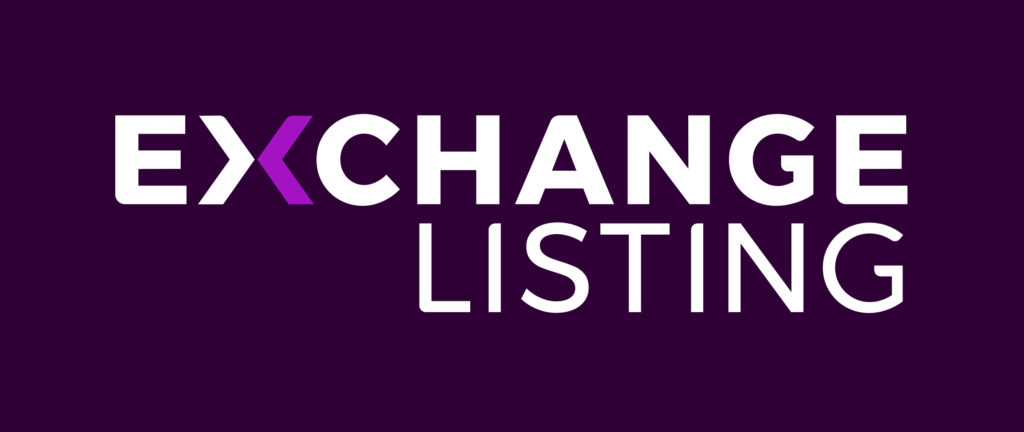
Image sourced from Pixabay
This post contains sponsored advertising content. This content is for informational purposes only and not intended to be investing advice.
Your journey to a micro-cap IPO will begin well in advance, often as early as 12-18 months before the bell-ringing day. One of the many steps in the process of getting ready for an IPO, and one that is often overlooked and misunderstood is pre-IPO communication and awareness. A sound plan is driven by a communications and positioning approach that articulates a company’s value proposition in a way that resonates with the investment community.
Management teams are typically trained to communicate to their buying audience, but will need to learn how to communicate and leverage thought leadership, product innovation and material business developments while the company is private, in order to raise awareness among key stakeholders and with the capital markets community well in advance of an eventual IPO.
Pre-IPO Marketing
High-quality pre-IPO marketing is a critical phase in the IPO process, and possibly the most exhausting phase for the management team. It requires incredible attention to detail and dedication to getting the messaging just right.
Pre-IPO marketing is focused on the company’s equity story, the management team and the development of usual and customary company communication and marketing practices.
Compliant pre-IPO marketing, is focused on brand development and will not contain any forward-looking statements, plans, or predictions about the company’s value or performance within regulatory requirements.
During this time, the company will also begin collecting investor data for retargeting efforts that will begin at the time of listing.
Compliant communication includes creating a standard for announcing milestones, key events, mandatory public company communications, business developments and successes.
The Investor Outreach program
A strong investor outreach program will create investor awareness in preparation for when the company becomes listed. It will also hopefully attract a pipeline of potential investors pre-listing.
The investor outreach program from an internal perspective will help to prepare the company leadership team for the various communication requirements for the IPO and establish a protocol for compliant public company communication practices.
It will also allow the company management to gather contact information of interested investors and analysts for re-targeting after the company has gone public.
Finally, and most importantly, it will define and refine the company’s investor-focused story as well as the ideal target investor.
Preparation & High-Level Documentation
During the Pre-IPO marketing period, the leadership team will meet to determine the current thinking on the company’s purpose, equity story, go to market timeline and the key differentiators. This has likely been done from the company point of view, during this process it will be repositioned to address the investor’s point of view. Management should also plan the iterative process to finalize how to move forward on those aspects.
The management team should begin identifyting the right tools for mapping all marketing efforts to create a high-level corporate purpose document and craft a Feeder Copy for marketing efforts.
During this time, the company should also begin creating an assessment and inventory of all marketing supporting assets (such as logos, images and videos) as well as a shared folder where relevant parties can access these assets.
Regulatory Compliance
Before the public filing of a registration statement, the company should begin corporate marketing and start to establish the ‘customary and usual’ marketing efforts. They should create company ‘visibility’ with targeted investor communities by using digital marketing, influencers, publishing, social media and email or SMS campaigns.
This will provide an opportunity to capture investor/analyst contact information for retargeting efforts later.
After the SEC Registration, the company should continue their customary and usual marketing, which will be focused on brand awareness and retargeting information. They will also continue to fine-tune marketing efforts (channel and positioning).
Post- IPO
After the company has gone public through an IPO, it will want to pivot its marketing from generating awareness and seeking contacts to creating and seeking investors. This will require a tightly synced marketing strategy that has been outlined by an experienced Capital Market advisor and specialized agency. The strategy should focus on the company’s equity story and the overall opportunity available to both retail and institutional investors.
It will also be a time to map out the company needs, expectations and timelines to use in the timing and strategy for the marketing campaign.
Post-Listing Strategy
At first, many newly public companies enjoy high share prices fueled by investors’ interest in IPOs and by press coverage.
However, unless the market’s interest in the company is properly and carefully maintained after the IPO, the initial euphoria will quickly fade.
This is when the process of retelling and fine-tuning your company’s equity story begins. As a public company, it’s important to continually cultivate potential investors, research and analyst coverage. Additionally, the company will want to attract the optimal mix of investors to maximize liquidity and valuation.
The strategizing does not stop after listing. It is important to continue to create plans and timelines for expectations, milestones, key events and financing needs, all of which will benefit when supported by robust internal review and marketing campaigns.
A great IPO advisory firm will help with these needs as well as product development roadmap milestones, M&A activities, expected timing for additional funding needs, closure of significant clients and an intellectual property roadmap.
For Post IPO market to have maximum returns on investment it is critical that the company has well packaged communication of their business accomplishments woven into the marketing activities.
This post contains sponsored advertising content. This content is for informational purposes only and is not intended to be investing advice.

